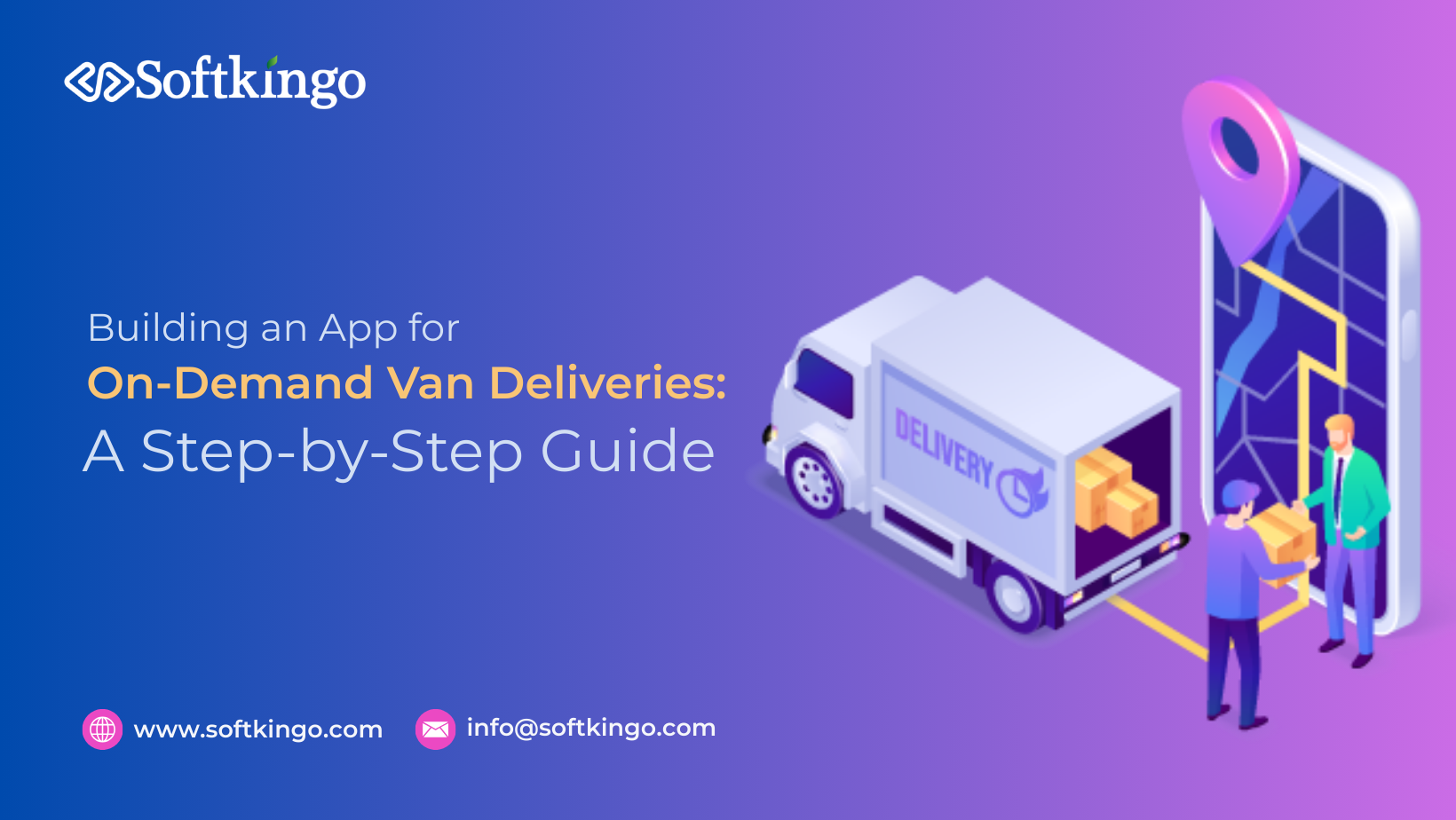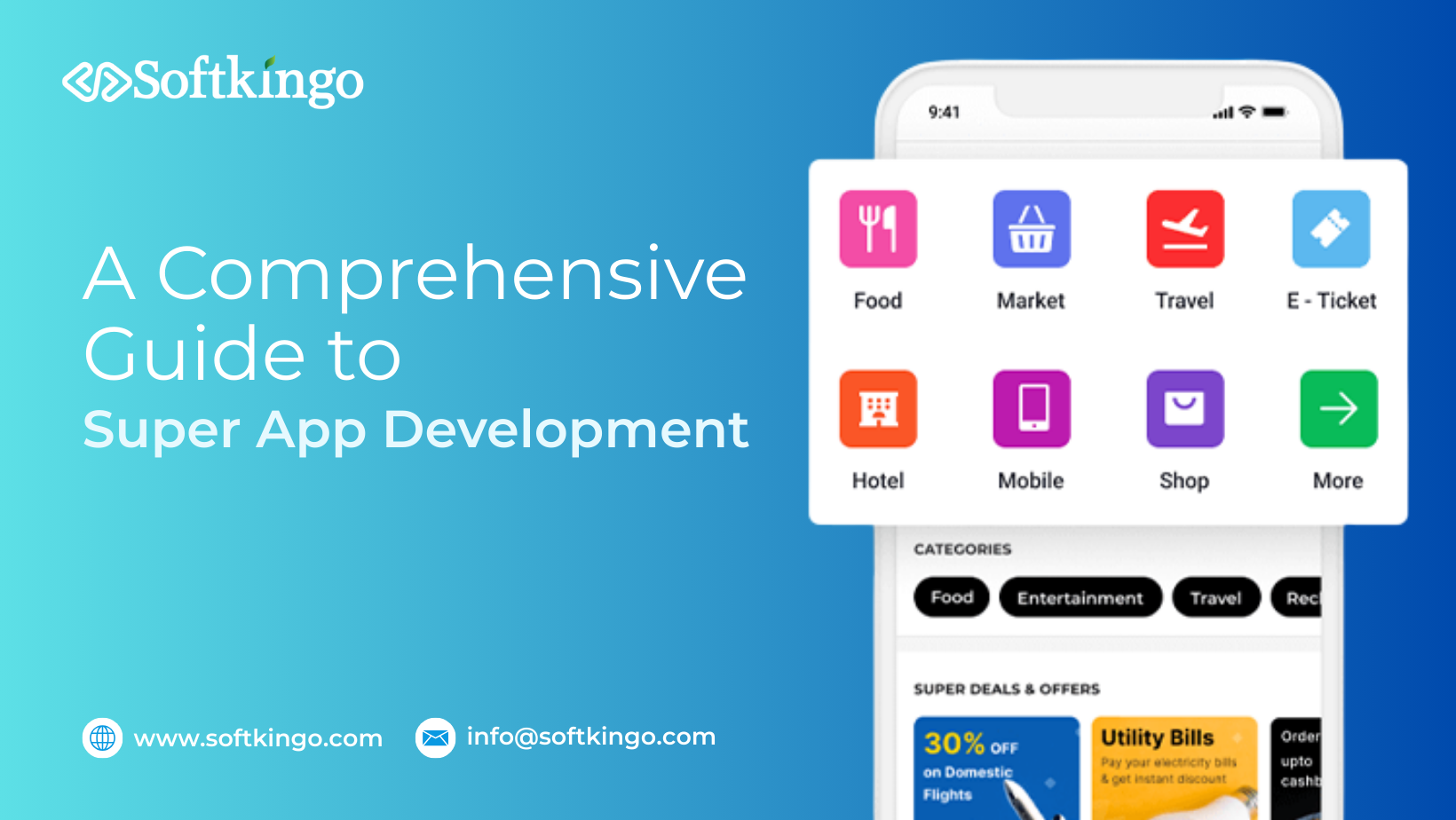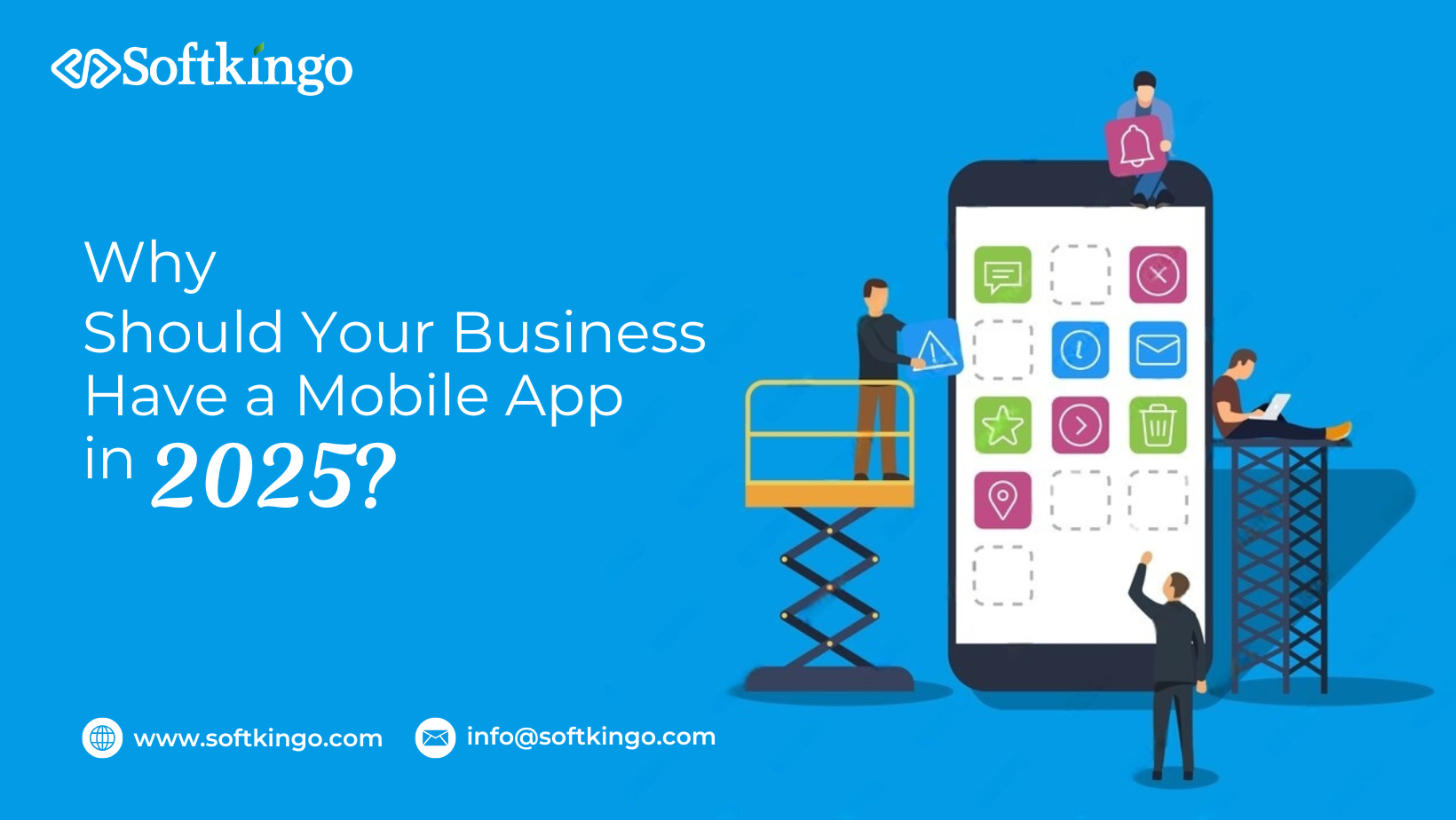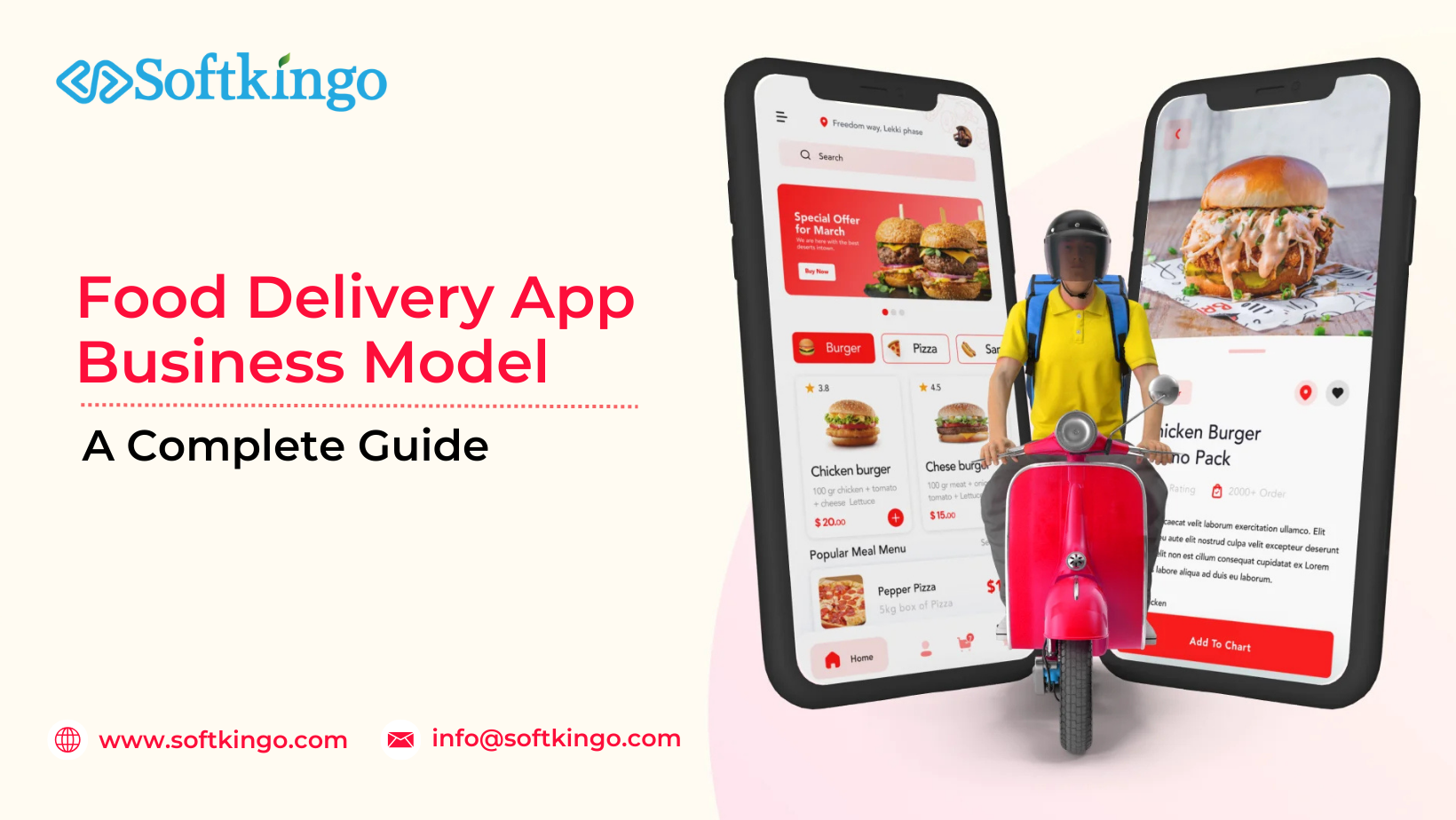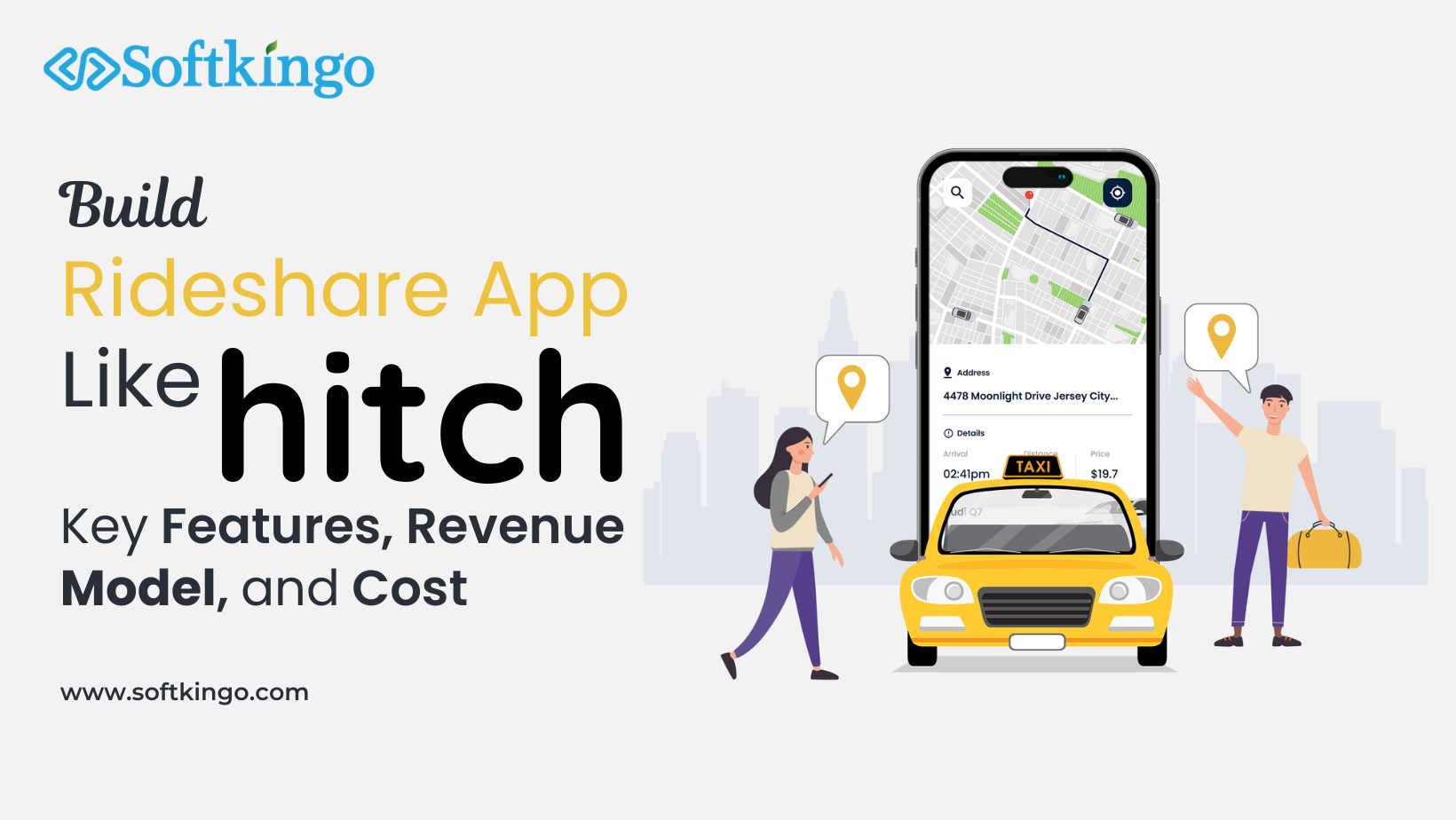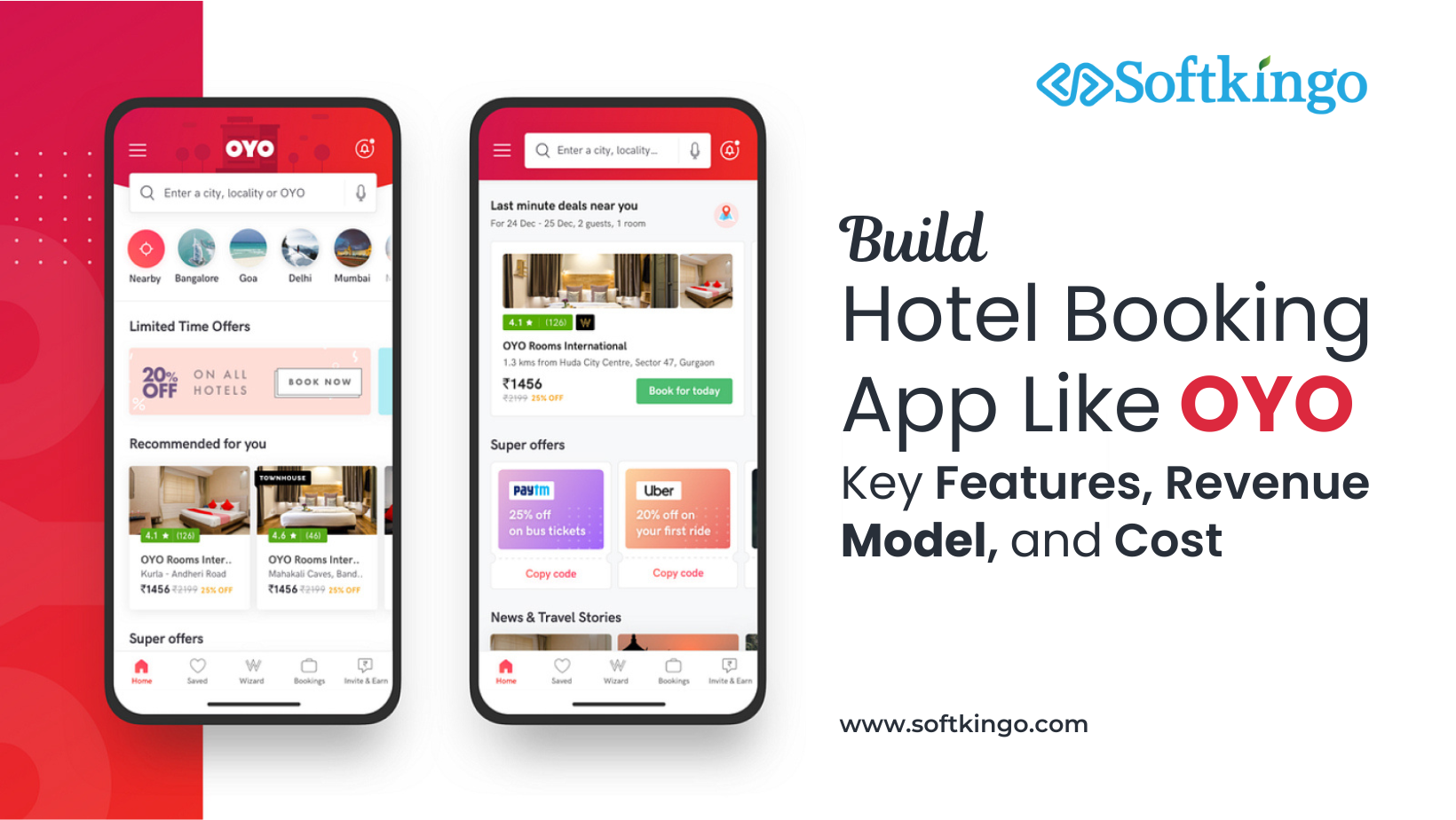How to Build a Multi-Vendor Marketplace System: Costs, Timelines, and Procedures
There are moments when there’s no timeout, no do-over, and no “next time.” Sometimes, the opportunity is right now. That’s why today is the perfect time to consider building your own multi-vendor marketplace platform. Modern shoppers don’t want to waste time hopping between different websites — they’re looking for fast, seamless, and centralized online shopping experiences.
For entrepreneurs and businesses eager to tap into the ever-growing e-commerce industry, launching a multi-vendor e-commerce marketplace is a strategic move. Essentially, it’s about creating a digital space where buyers and sellers can interact, make transactions, and grow — all in one place.
In fact, the global multi-vendor support services market is projected to increase from USD 56.19 million in 2025 to USD 69.87 million by 2032, with a compound annual growth rate (CAGR) of 3.2%.
This concept isn’t just viable — it’s proven. Market giants like Amazon, Etsy, and Alibaba have set the benchmark. But embarking on this development journey requires thoughtful planning, particularly when it comes to budgeting and understanding the overall process.
So how do you go about building a multi-vendor marketplace? What are the costs involved? And how long does it take? This comprehensive guide answers all those questions and more.
What Is a Multi-Vendor Marketplace?
A multi-vendor marketplace is a digital platform that enables several independent sellers to showcase and sell their products or services. Think of it like an online mall — customers can browse a wide variety of goods, all in one place.
Well-known platforms like Amazon and Etsy are thriving because of this model. By listing countless products from different sellers, they provide customers with a wide range of choices. Services like Amazon Prime further enhance the experience by offering quick, reliable delivery options.

Key Features of a Multi-Vendor Marketplace
To build a successful multi-vendor platform, these core features are essential:
- Vendor Dashboard: Enables sellers to manage their inventory, orders, payouts, and product listings.
- Admin Panel: Gives platform owners control over vendor approvals, user activity, performance analytics, and issue resolution.
- Order Management: Allows seamless tracking of orders from the point of purchase to delivery.
- Reviews and Ratings: Builds trust by allowing customers to share feedback.
- Secure Payment Gateway: Supports safe transactions using multiple payment methods.
- Commission Management: Lets administrators set and monitor commission rates.
- Mobile Responsiveness: Ensures smooth user experience across mobile devices and tablets.
Advantages of a Multi-Vendor Marketplace Platform
Multi-vendor marketplaces are highly appealing to both customers and sellers. But what specific advantages do they offer?
A. Benefits for Vendors:
Multi-vendor platforms allow vendors to reach a wider audience and build their presence in a trusted environment. Key benefits include:
- Easy setup of digital storefronts.
- Access to a large and diverse customer base.
- A secure and reliable platform for conducting sales.
B. Benefits for Buyers:
Compared to traditional e-commerce stores, multi-vendor marketplaces provide a more convenient, feature-rich shopping experience. Advantages include:
- Transparent seller ratings and reviews.
- A vast collection of curated products.
- Constant access to discounts and deals.
C. Benefits for Marketplace Owners/Startups:
For entrepreneurs, launching a multi-vendor marketplace offers a solid business model that encourages growth. Benefits include:
- Quick and agile launch process.
- The ability to capitalize on the “network effect.”
- Multiple revenue-generating opportunities.
How Much Does It Cost to Build a Multi-Vendor Marketplace?
As mentioned earlier, the cost of building a multi-vendor e-commerce marketplace can vary significantly depending on several factors — the development approach being the most influential.
If you choose custom development, where everything is built from the ground up, the cost can range from $15,000 to over $200,000, depending on complexity. You’ll also need to factor in ongoing maintenance, updates, licensing fees, marketing, and future enhancements. This approach usually requires a full team of developers, designers, and QA testers.
Alternatively, off-the-shelf (readymade) solutions are about five times cheaper. They offer a good balance between cost and customization and are suitable for businesses looking to get to market quickly without building everything from scratch.
Cost Comparison Overview:
| Aspect | Custom Development | Off-the-Shelf Software |
| Estimated Cost | $15,000 – $200,000+ | $3,000 – $40,000 |
| Development Time | 3 – 6 months | 2 – 6 weeks |
| Customization | Full | Limited |
| Scalability | High | Moderate to High |
| Maintenance Costs | $2,000 – $5,000/month | Often included or lower |
| Technical Team Required | Yes | Not always |
| Launch Speed | Slower | Faster |
| Long-Term Value | High with investment | Good for MVPs |
Understanding your budget and business requirements will help you choose the right approach. A smart investment early on will set the stage for long-term marketplace success.
Development Timelines for Multi-Vendor Marketplaces
Development timelines are influenced by feature requirements, team capacity, and the project’s overall scope. Here’s a general breakdown:
| Phase | Estimated Duration |
| Planning & Research | 2 – 4 weeks |
| UI/UX Design | 3 – 5 weeks |
| Development | 3 – 6 months |
| Testing & QA | 3 – 4 weeks |
| Launch & Marketing | Ongoing |
Timeline Influencers:
- Platform Type: Custom development takes longer than ready-made solutions.
- Feature Complexity: The more features you need, the longer it will take.
- Team Efficiency: Your developers’ skill levels can impact the speed of delivery.
Step-by-Step Process to Build a Multi-Vendor Marketplace
Building a marketplace involves multiple phases. Here’s a simplified step-by-step guide:
Phase 1: Strategy and Planning
1. Research Your Market:
- Identify your niche (e.g., digital goods, handmade crafts).
- Analyze competitors and draw lessons from their success/failure.
- Validate your idea with early user feedback.
- Define your target users and their specific needs.
2. Define the Business Model:
- Decide how you’ll generate revenue (ads, commissions, subscriptions).
- Identify your unique selling proposition.
- Design the flow of key functions (orders, payments, onboarding).
- Understand legal requirements in your operating regions.
3. Feature Planning:
- For buyers: registration, search, product display, checkout, reviews.
- For sellers: dashboard, listings, inventory management, analytics.
- For admin: user management, commission tools, support systems, reports.
4. Choose Your Technology:
- Select your development method (custom, ready-made, hybrid).
- Identify necessary technologies for scalability, speed, and security.
- Plan the integration of different systems (payment, email, logistics).
Phase 2: Design & Development
Design:
- Create wireframes for layout and navigation.
- Design visual mockups reflecting your brand identity.
- Build interactive prototypes to test the user experience.
Development:
- Front-End: Build the user-facing interface for buyers and sellers.
- Back-End: Set up databases, APIs, business logic, and user authentication.
- Payment Gateway Integration: Ensure safe and fast transactions.
- Marketplace Features: Complete vendor and admin tools, shopping workflows.
Testing:
- Test all features across various use cases.
- Check platform speed and load performance.
- Conduct usability testing with real users.
- Verify security, data integrity, and device compatibility.
- Fix bugs and make necessary improvements.
Phase 3: Launch & Growth
Pre-Launch:
- Prepare marketing content: social media posts, email campaigns, launch videos.
- Create onboarding guides for vendors and shoppers.
- Set up customer support systems.
- Double-check all system security.
Launch:
- Go live and open your platform to users.
- Announce the launch publicly.
- Closely monitor platform performance.
- Support early users and gather feedback.
Marketing & Expansion:
- Run SEO, PPC ads, influencer collaborations, and referral programs.
- Onboard new vendors and offer them incentives.
- Build brand awareness through storytelling and community building.
Post-Launch Growth:
- Track analytics like traffic, conversions, and vendor sales.
- Gather and implement user feedback.
- Continuously update the platform to meet evolving needs.
- Offer ongoing support and build a loyal community.
- Keep up with trends and market changes to stay competitive.
Final Thoughts
Launching a multi-vendor e-commerce marketplace is a forward-thinking strategy in today’s digital-first world. With growing consumer demand and industry momentum, now is an ideal time to build. But remember — it’s a serious investment that requires time, planning, and strategic execution.
Need expert help? Our team at Softkingo has developed multiple successful multi-vendor platforms. We can help you bring your marketplace idea to life — quickly and effectively.
FAQs
What is a multi-vendor marketplace?
It’s an e-commerce platform that allows several sellers to list products on the same website, giving shoppers more options in one place.
What does “multi-vendor” mean?
It refers to platforms where multiple third-party vendors can sell products or services under a single digital roof.
Which features should a multi-vendor marketplace have?
Vendor dashboards, product listings, order tracking, review systems, and secure payment gateways are must-haves.
How long does development take?
Custom builds can take several months to a year, while ready-made solutions can launch in a few weeks. At Softkingo, we can deliver in as little as one week, depending on your needs.
Can you give an example?
Amazon Marketplace — where both Amazon and independent sellers list products — is a leading example.
Does Softkingo support small businesses?
Yes! Softkingo’s platform is scalable and works for businesses of all sizes — even startups with no minimum requirements.
How do I attract vendors?
Promote your platform on social media, offer fair commissions, and provide support. Share success stories and offer easy onboarding.
What factors lead to marketplace success?
- Clean and user-friendly interface
- Secure infrastructure
- Mobile compatibility
- Powerful search and filters
- Transparent policies
- Helpful vendor tools
- Strong security
- Ratings and reviews
- Data analytics
Have a marketplace idea? Let’s build it together.
Reach out to Softkingo — we’d love to help you succeed.
Paramhans Singh is the Director of Operations at Softkingo Technologies, bringing over 8 years of experience in delivering custom software solutions that help startups and enterprises achieve their business goals. He has successfully validated more than 220 app and website ideas and delivered over 100 tailored solutions, utilizing a range of technologies such as Swift, Kotlin, React Native, Flutter, PHP, RoR, IoT, AI, NFC, AR/VR, Blockchain, and NFTs.




